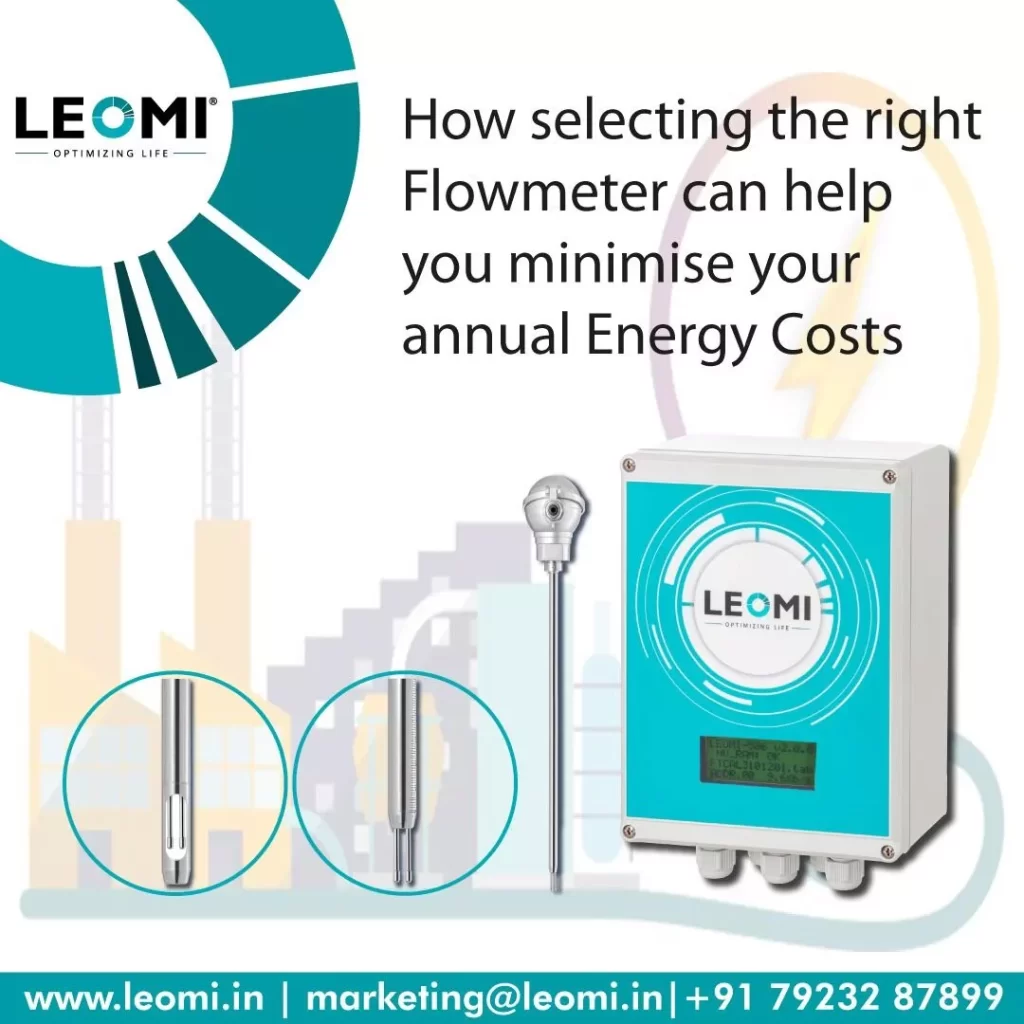
The pace of the liquid stream establishes a significant estimation in the handling enterprises.
Choosing a fitting innovation for a stream estimation application can subsequently be an overwhelming assignment. With such a wide assortment of innovations on offer, it very well may be hard to track down the best one for a specific application. Les Slocombe, for ABB Measurement Products UK, clarifies how finding the flowmeter that can make the greatest commitment to limiting energy expenses can assist with restricting the choice.
The broad decision of stream innovation choices on proposition can make choosing the right flowmeter for an application a stupefying assignment. A wide scope of variables can impact air flow meter choice, of which cost is only one. Flowmeters dependent on differential strain opening plates, spouts, wedges, Venturis, and Pitot tubes present a limitation in the stream. The unrecoverable strain misfortune brought about by the limitation is a proportion of the volumetric stream rate. Positive removal flowmeters are valid volumetric stream gadgets, estimating the real liquid volume that goes through a meter body with no worry for speed. These flowmeters catch a particular volume of liquid and pass it to the power source. The liquid tension moves the system that exhausts one chamber as another fills.
In case the application requires a proportion of the mass stream rate, volumetric flowmeters should be enhanced with extra data, like liquid thickness, pressure, as well as temperature. Some multivariable flowmeters and transmitters fuse an extra sensor to give this data. Then again, Coriolis flowmeters (and warm tests for gas) straightforwardly measure mass stream rate. With a current portion of the overall industry of around 18%, they are consistently tracking down their direction into an expanding scope of utilizations. Many flowmeter technologies introduce pressure loss into a system. Pressure losses equate to energy losses and costs. Valves, pipe friction, reducers, expanders, and measuring devices such as flowmeters all increase the Permanent Pressure Loss (PPL) in the system. Some flowmeters require upstream reducers and downstream expanders to operate properly. For new processes, engineers often consider PPL when designing a system because it’s important in sizing the pump (liquids), compressor (gases), or boiler (steam) to meet process conditions and to deliver the desired pressure and/or flow. For operating processes, PPL leads directly to the need for compensating energy, which can equate to significantly increased annual operating costs. By minimizing pressure losses in a process, engineers can cut the need for top-up pumping or compression as well as environmental impact. In the case of steam boilers, which are expensive, the ability to retrofit existing flowmeters with those having low-pressure losses can boost the effective boiler capacity.
By selecting air flow meters with low-pressure losses, engineers can:
– Reduce pumping/compressing cost
– Increase capacity
– Minimize compressor, pump, or boiler size. The amount of pressure loss in a flowmeter depends on three factors: the fluid density, the square of the fluid velocity (Vf)2, and the degree of obstruction to fluid flow, (Kmeter).
The following list roughly ranks the magnitude of the Kmeter factor for various air flow meters, from greatest pressure loss to lowest.
1. Coriolis
2. Orifice/Nozzle
3. Turbine
4. Vortex
5. Venturi
6. Averaging Pitot tube
7. Electromagnetic/Ultrasonic (negligible PPL)
Replacing an orifice plate with an averaging Pitot tube, for example, can reduce the permanent pressure loss (energy requirement) by a factor of 20. Averaging Pitot tubes offer minimal irrecoverable pressure losses as well as being inexpensive and simple to install.






